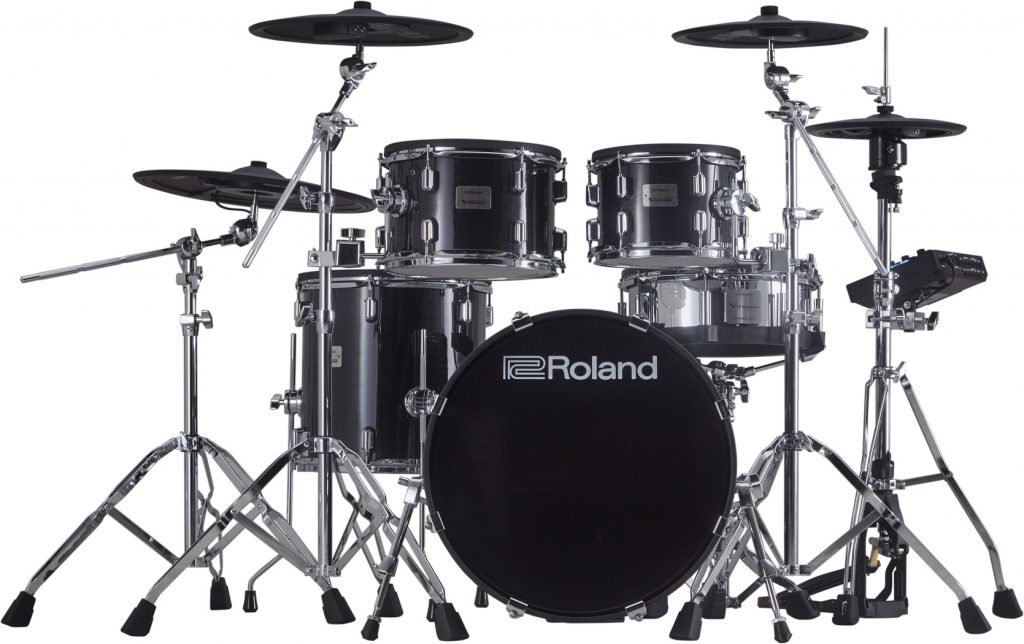Drums have existed for an extremely prolonged stretch of time. Some state they even go back to 6000 BC. It is no big surprise at that point that they have been utilized for an assortment of circumstances and have advanced to make a wide scope of various kinds. This being stated, all drums, comprise of at any rate one drum-head or drum skin. This is extended over a shell and beaten either by instrument to create its sound. Most normally it is utilized as an instrument as a piece of the percussion gathering, to be utilized in customs or diversion, for example, advance’s musical gangs. All through the world, drums have been made from numerous materials, including wood, metal, plastic and even earth. The material of the drum skin can likewise fluctuate here and there, culture to culture. The skins of arranged creatures, for example, goats, sheep and pronghorns can be utilized just as manufactured materials.
There are a couple of straightforward orders of drums which can be thought of. Shape is without a doubt the most natural, with most of drums tending to be categorized as one of these structures
- Cylindrical drums
- Barrel drums
- Conga drums
- Waisted drums
- Goblet drums
- Bowl drums
There is another arrangement subject to which side the drum has its head. A drum can have two heads on either side of the body, or on the other hand, one drum-head on the head of the body. There are drums which have been intended to be anything but difficult to haul around, for example, those utilized in road marches, and drums which are fixed. The sounds and rhythms one can make with a drum unit are differentiated to such an extent that various music classes can utilize them to make their favored sound. The bass drum is huge and when played, makes an extremely low pitch and check this out https://www.sciencefolks.com/2020/07/15/how-playing-the-drums-changes-the-brain/ to know more.

The catch drum has plastic or calf skin drum heads extended safely over a metal casing that is empty. The top head is pounded with drumsticks that are wooden, and is known as the ‘player head’. The catch head, likewise called the base head, has wires of metal considered catches that are extended across it. At the point when this drum is struck on the head, the catches radiate a sharp shaking sound, since they are vibrating on the catch head. It goes right back to the Native America and Asian societies and was not added to the drum pack until at some point in the mid twentieth century. It is currently thought to be a fundamental part to the drum pack and can comprise of up to three units of various size. One of those is mounted on three legs and sits to one side of the bass drum. An electric drum is created by electronic waveforms delivered by a generator or sampler instead of acoustic vibrations.